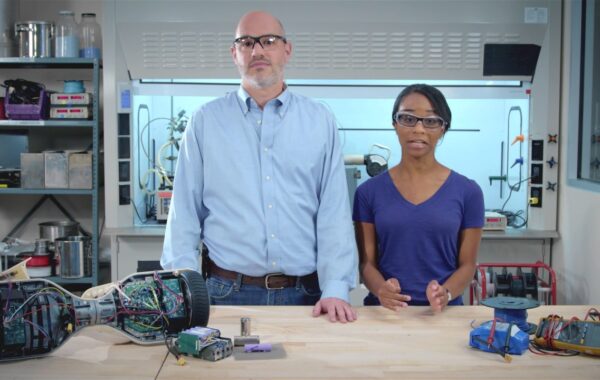Related Resources

Document
Thermal Runaway: Student Guide

Document
Thermal Runaway: Teacher Guides

Most of the portable electrical devices in our world are subject to potential damage every day. Consider the hoverboard. After being thrown into the corner of the garage, falling off a shelf, or just hitting too many bumps in the road, at what point does it become unsafe?
Your job, as a safety scientist in this experiment, is to explore what can happen to the portable electrical power system in a virtual hoverboard when you drop it from different heights and run it. Do not attempt this test at home!
Your challenge
Perform three drop tests on the virtual hoverboard to determine how drops from varying heights affect the chances of thermal runaway as an outcome. In this test, you will: